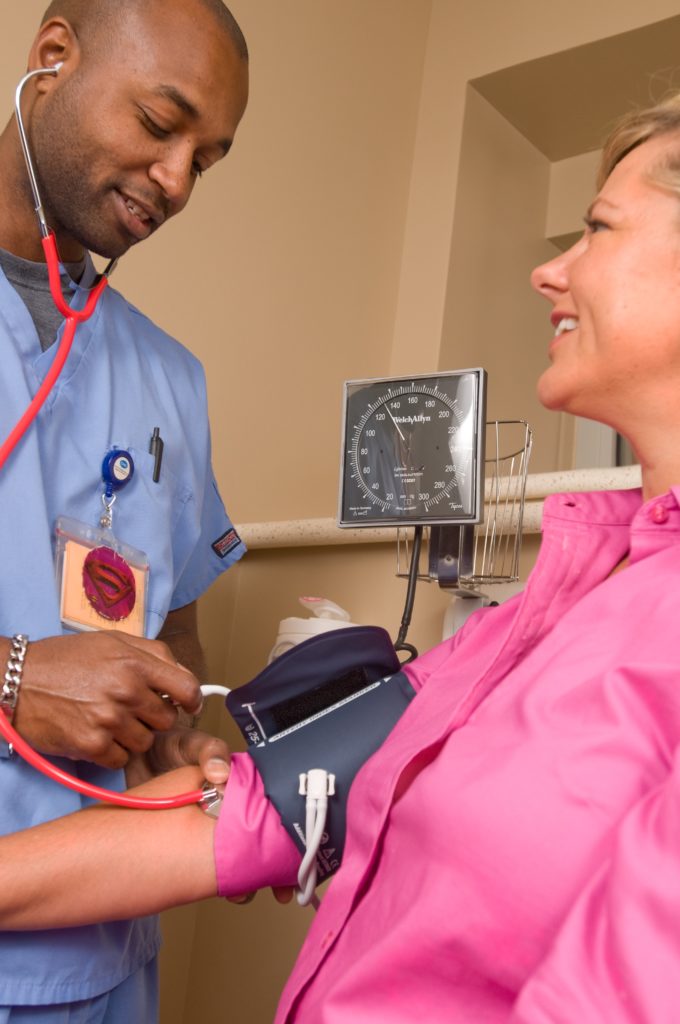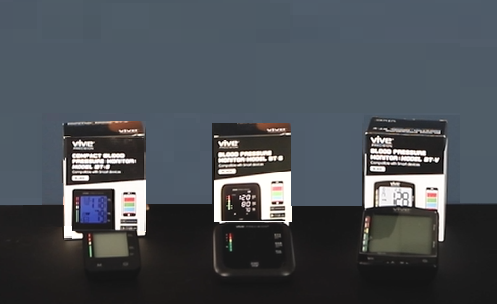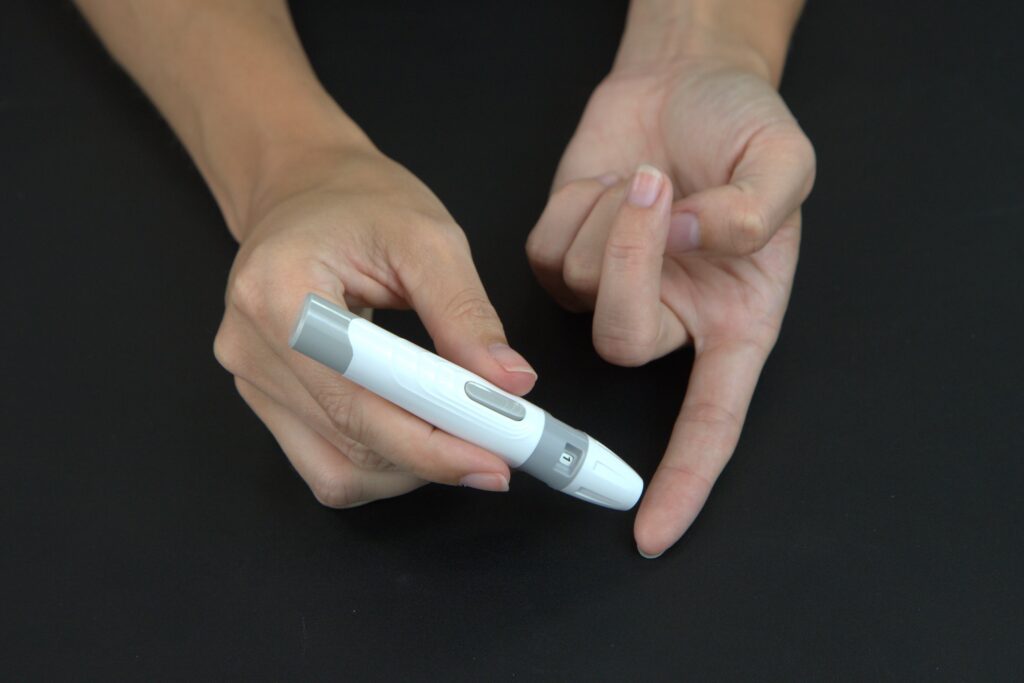Benefits of RPM for medical officers can be easily realized with a simple, yet effective program. Remote patient monitoring is an innovative healthcare technology that enables healthcare providers to remotely track and gather data from patients using wearable devices or smart technology. This modern approach to healthcare delivery has the potential to revolutionize the way care is administered and managed.
One of the key advantages of remote patient monitoring is that it allows healthcare providers to closely monitor their patients’ health and well-being even when they are not physically present in the clinic. This is particularly beneficial for patients with chronic conditions, such as heart disease or diabetes, where early detection and intervention can prevent potential complications.
Moreover, remote patient monitoring can lead to improved patient outcomes by providing healthcare providers with a more comprehensive understanding of their patients’ health and treatment progress. This allows for adjustments to treatment plans as needed, ensuring that patients receive the most effective care possible.
Remote patient monitoring can also reduce healthcare costs. By enabling remote monitoring, the need for in-person visits and hospitalizations is reduced, resulting in cost savings for both patients and the healthcare system.
In addition, remote patient monitoring can enhance the efficiency and productivity of healthcare organizations. By collecting continuous data, healthcare providers can identify areas for improvement in the delivery of care, allowing for streamlined processes and improved overall effectiveness.
Another significant benefit of remote patient monitoring is that it can improve patient engagement and satisfaction. Patients can actively participate in their own care by tracking their health data and communicating with their healthcare providers, resulting in a more collaborative and personalized approach to care.
Remote patient monitoring also has the potential to reduce the workload of healthcare providers. By automating the collection and analysis of patient data, healthcare providers can focus on other critical aspects of patient care, improving their overall productivity and work-life balance.
Additionally, remote patient monitoring can support healthcare providers in delivering care to underserved or remote populations. By using telehealth and remote monitoring technology, healthcare providers can reach patients who might not have access to in-person care due to distance or other barriers.
In conclusion, remote patient monitoring offers a range of benefits to healthcare providers, including the ability to closely monitor patients’ health, improved patient outcomes, reduced healthcare costs, increased efficiency within healthcare organizations, improved patient engagement and satisfaction, and the potential to reach underserved or remote populations. The future of healthcare delivery and management is moving towards remote patient monitoring, and healthcare providers who adopt this technology can provide better care while reducing costs and increasing efficiency.
Read our last blog here on providing care to underserved communities.










